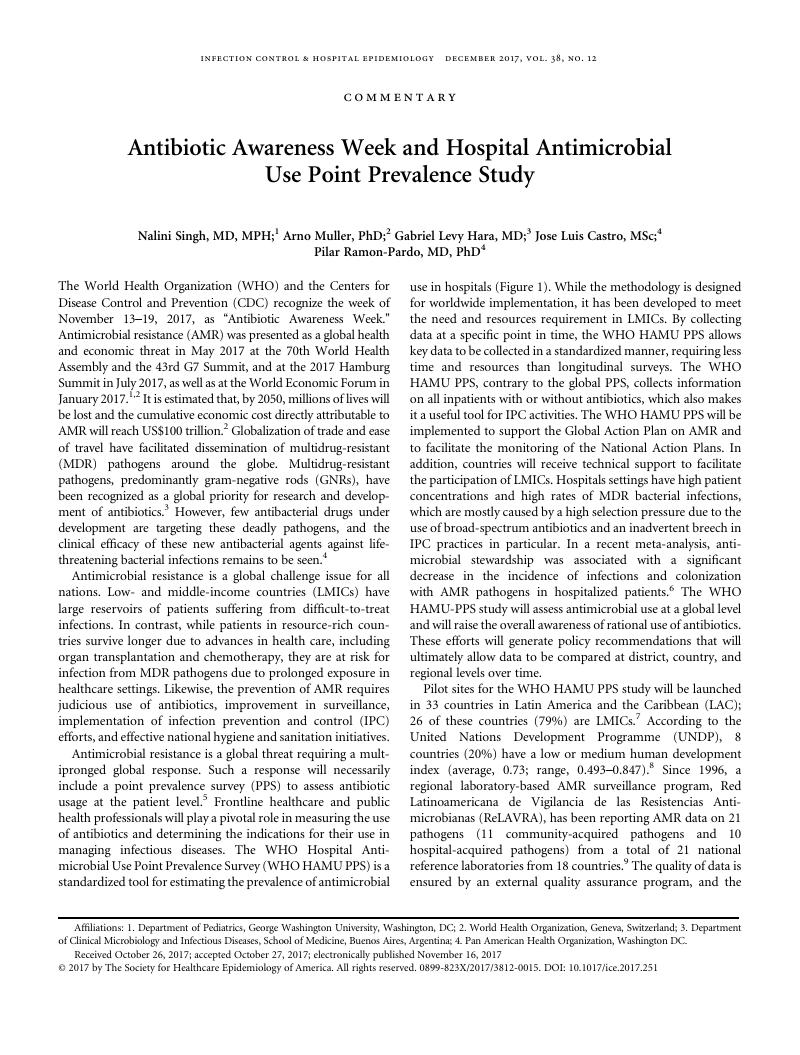Crossref Citations
This article has been cited by the following publications. This list is generated based on data provided by Crossref.
Ortiz-Martínez, Y.
Galindo-Regino, C.
Valdes-Villegas, F.
Mendoza-Borja, K.
González-Hurtado, M.R.
and
Chávez-Verbel, V.
2018.
World Antibiotic Awareness Week 2017 and its influence on digital information seeking on antibiotic resistance: A Google Trends study.
Journal of Hospital Infection,
Vol. 100,
Issue. 3,
p.
276.



